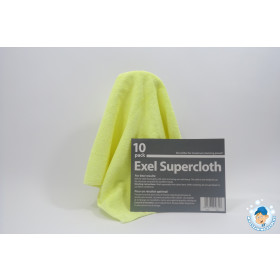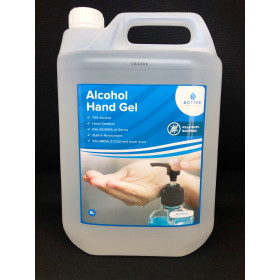Details
What is Versan made of?
Versan is made of an aqueous solution of sodium hypochlorite and 16.5% sodium chloride. Versan is a strength of
2% sodium hypochlorite.
Hypochlorites are known to be unstable. Is Versan any different?
Yes. The purification process during the manufacture of Versan ensures complete removal of all heavy metal ions,
which would normally act as a catalyst to chemically break down many hypochlorites, causing instability. Therefore
accurate levels of available chlorine can be obtained with Versan.
Hypochlorite is bleach, which is toxic. Is Versan toxic also?
No. As stated above, toxicity in hypochlorites is due to the by-product of their decomposition, sodium chlorate. With
the heavy ions removed Versan decomposes into water and a small amount of sodium chloride (salt).
What are the main properties of Versan?
Stability.
It is known that Versan can be used as a disinfecting agent, but can it sterilise?
Versan will sterilise as long as the requirements for chemical sterilisation with hypochlorites are carried out. These
are:
(a) Scrupulous attention to pre-cleansing of the item to be sterilised.
(b) Stability of the active agent.
(c) That the article to be sterilised is of a material compatible with hypochlorite and is so constructed that it can be
cleaned properly.
What is the difference between Sterilisation, Disinfection and Antisepsis?
Official publications give the following definitions: (ref. Collins, C. H. and Lyne,P. M., 1976)
Sterilisation; This is an absolute term meaning complete destruction or removal of all viable micro-organisms.
Disinfection; Describes the elimination or destruction of micro-organisms, but not usually bacterial spores.
Generally applied to the process of making inanimate objects free from infection and safe to handle.
Antisepsis; Destruction of micro-organisms, but not bacterial spores, on skin, mucus membrane or living tissue to
prevent sepsis. Versan can be considered in terms of each of these actions depending on the specific situation or
application.
Therefore a work surface can be wiped over with Milton to disinfect it by killing all 'live' bacteria, but it cannot be
sterilised in this way. To sterilise an object it has to be scrupulously cleaned then soaked for the required time in a
solution of Versan. This will kill spores.
How long does Versan take to work?
Items are ready for use after just 15 minutes of complete immersion in the Versan solution but can be left soaking for
up to 24 hours. Items can be added and removed to and from the solution throughout the day as and when they are
needed.
Will Versan have the same effect as bleach on a work surface?
No. Bleaches are usually concentrated to between 5 and 10% and can contain thick detergents to withstand rinsing
and flushing. They are dangerous to handle at this concentration. They will leave chemicals behind on the surface
which will chemically contaminate and taint food. The bleach may also harm the work surface. Although Versan is
less concentrated, it will still have the same germ killing effect as bleach







